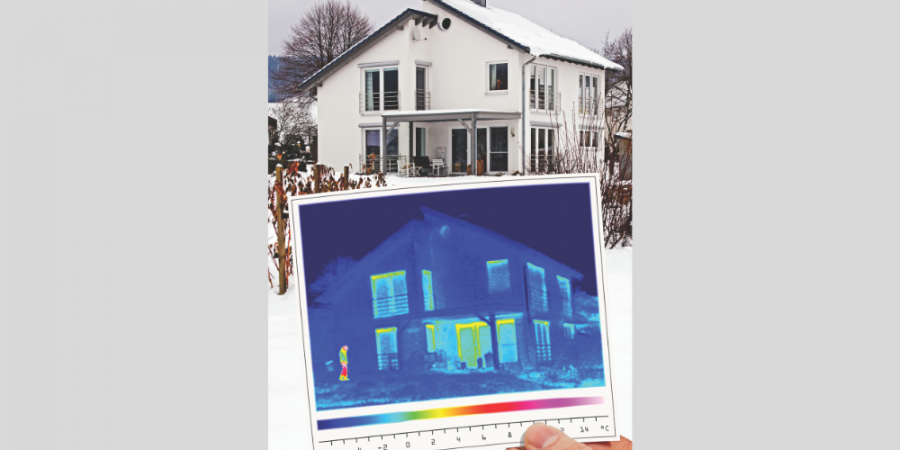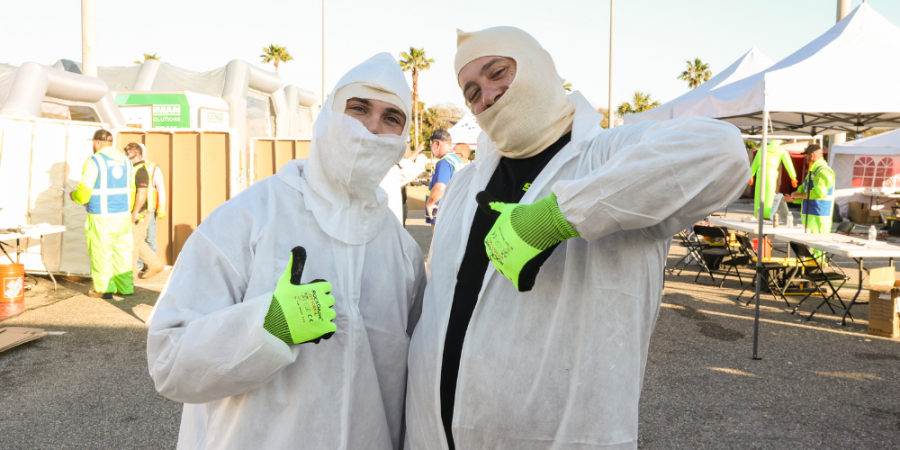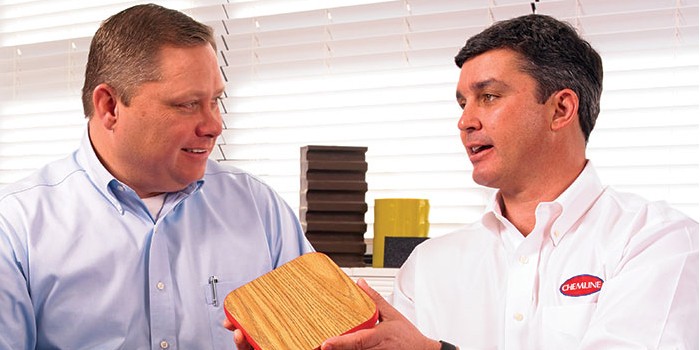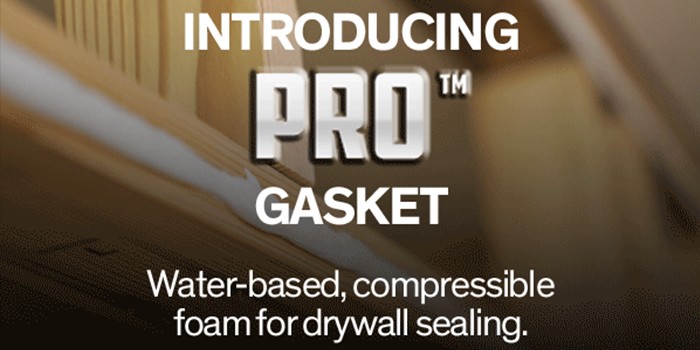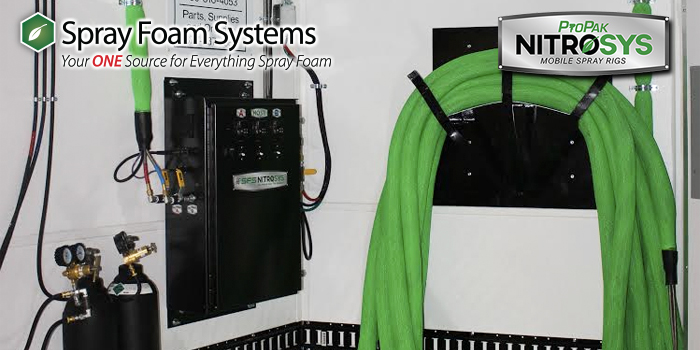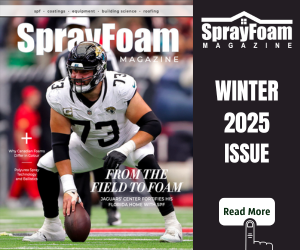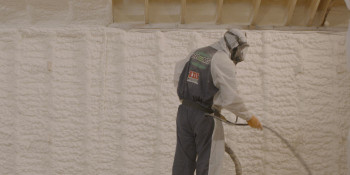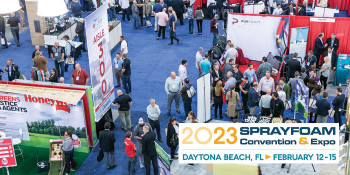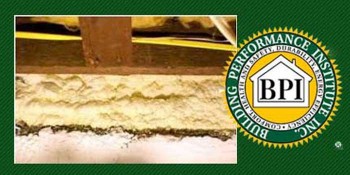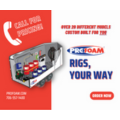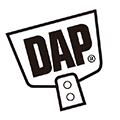Stop, Drop, and Insulate
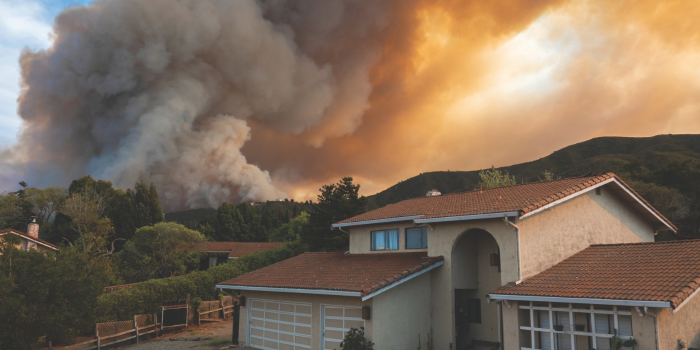

Spray Foam Magazine – Spring Issue 2025 – This short article highlights the role of airborne embers in the spread of wildfires in Wildfire Urban Interface (WUI) areas, and especially in California, where high winds, dry vegetation, and poorly protected homes have led to devastating consequences in early January 2025. A key takeaway is the importance of roofing and ventilation systems in wildfire mitigation, particularly the vulnerability of roofs and attics from airborne embers that can ignite structures even when a wildfire isn’t directly reaching them—recognizing that SPF can play a key role.
Embers and their role in wildfires
An ember is a piece of burning debris, often small, that can be carried by the wind for miles. These embers land on roofs, walls, or other combustibles, causing fires far ahead of the actual wildfire front.1 It is believed that about 90% of homes destroyed in wildfires are affected indirectly through airborne embers2, which underscores the need for effective defenses against ember penetration—even when water is not available for sprinkler systems.
Building code changes
Significant research has been conducted by the Institute for Business and Home Safety during the past decade on airborne embers entering through and igniting attics.3 In response to this risk, California has updated its building codes, especially for homes in WUI areas. These changes focus on ember-resistant roof vents and alternative venting methods to reduce
the risk of embers entering the attic. The 2022 California Building Code codifies these improvements in Section 706.1A and many local jurisdictions are promoting these changes through various outreach efforts.
How Spray Foam Insulation (SPF) helps
Low-slope roofs provide a large target for landing firebrands. This is a concern for all low-slope roof systems, which require specific fire tests for building code compliance.4 All low-slope roof systems must be tested and classified as A, B, or C per ASTM E108 or UL 790. These tests include a component to specifically measure ignition from a calibrated burning brand.
According to Dr. Joe Lstiburek, “the single most important design considerations for fire safety relating to exterior fires is (1) the prevention of the spread of fire by vegetation to a building (“wildfires”) and (2) the spread of fire from the exterior of one structure to another.”5 In addition to keeping areas surrounding the home free of combustible debris, Lstiburek adds that “robust wildfire resiliency involves minimizing or eliminating roof ventilation.”
SPF can be an effective solution for reducing the risk of wildfires, particularly in creating sealed, unvented attics. SPF can eliminate attic vents that enable embers to infiltrate into attics, helping to prevent fires from spreading into the structure. SPF can also improve other aspects of the building, like energy efficiency from consistent R-value and air sealing, moisture management, secondary water barrier, and wind uplift resistance.
Takeaways for SPF contractors
Contractors should not only promote SPF for energy efficiency but also for its potential in enhancing a home’s resilience to wildfires. Installing SPF to seal attics can be a key strategy for reducing the risk of ember-induced fires. Airtight building enclosures using SPF can also reduce the infiltration of toxic smoke from nearby fires. This can be a strong selling point when talking to homeowners in areas
at high risk for wildfires.
SPF isn’t just about insulation—it can also be a crucial tool in wildfire preparedness.
SOURCES
1 “Small Airborne Embers Play a Big Role in the Spread of Wildfires”, Holly Ramer, Associated Press January 14, 2025.
2 Frontline Wildfire Defense website, www.frontlinewildfire.com
3 “Vulnerability of Vents to Wind-Blown Embers”, Stephen L. Quarles, Ph.D. Institute for Business and Home Safety, August 2017.
4 International Building Code (IBC), International Code Council, Section 1505
5 BSI-129 – Wildfire, Building Science Insight whitepaper by Dr. Joe Lstiburek, Building Science Corporation
Direct any questions about this article to Rick Duncan at rickduncan@envelogic.com
Disqus website name not provided.







